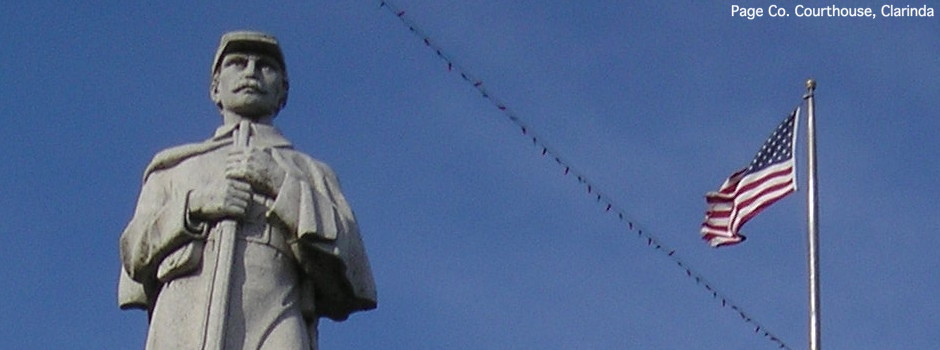As the Iowa caucuses get nearer, so too does criticism about the state’s role in the presidential process. But Colin Woodard, whose research has divided much of North America into 11 “nations,” writes in Politico that Iowa’s settlement heritage makes it a good representative of the nation politics-wise. Europeans from the Danish to the Dutch (and especially the Germans) staked out their own locations in the state, and that mix of cultures still dominates the political geography.
(This also gives me a chance to link to Woodard’s original “American Nations” article, which has been sitting on my desktop for two years. Both articles are long reads. Both articles have his map, which puts all of Iowa except the northern tier and Driftless Area into the Midlands, while those areas are part of Yankeedom. Kossuth County makes for an obvious interruption of the dividing line, which could have been smoothed out by placing the second-northernmost tier of counties east of Kossuth County, plus Fayette, into Yankeedom.)
The Politico article does have some factual errors, though:
- The Iowa Supreme Court legalized gay marriage in 2009, not 2007.
- Former governor Chet Culver, not Chuck.
- While northern and northeast Iowa do have plenty of Twins fans, they don’t “rely on Minneapolis for flights and television.” The closest we get is the seven counties in the north-central part in the Mason City/Rochester market. The Minneapolis TV stations stop at the state line. As for flights, everything into/out of Waterloo switched from MSP to O’Hare in 2012. (Waterloo is a prime example of small commercial airports with years of drastically declining service.)
- Same goes for the “television likely from Nebraska and South Dakota” bit. Omaha, absolutely, but Sioux City stations cover all of northwest Iowa and Sioux Falls is secondary. (If only Woodard had looked online to see if someone mapped out this sort of thing!) Far northwest Iowa may be inclined to watch Sioux Falls TV stations, but the overall impact on the state is low.
UPDATE 12/5: Dan Drackley saw another error in the article, and made a case for Sioux Falls TV attention.
